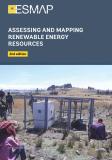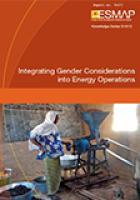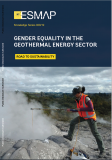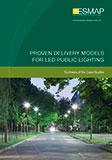Publications
In the energy sector, the gender dimensions of access to services, exposure to risks, and access to benefits are being increasingly recognized as important elements to be considered for effective policy making and project design. In practice, this translates into integrating a gender perspective throughout the operational cycle of projects to improve gender equity in participation, benefits, and opportunities.
This briefing note discusses the key elements of the gender-energy topic and provides specific examples of how to integrate gender considerations in energy policy dialogue and the project cycle. It draws on recent experience within the World Bank and elsewhere in mainstreaming gender in energy projects, and looks at three key areas: assessment, action, and monitoring and evaluation. The primary objective is to provide World Bank task teams a brief overview of the key issues, resources, and tools to help integrate gender considerations into energy sector operations.
This note is complemented by a curated Gender and Energy Online Publications Library, including the Gender and Energy Online Toolkit for Practitioners with sample questionnaires, Terms of Reference, and screening guidance. These resources have been developed by drawing on the experience of ESMAP’s Africa Renewable Energy and Access program (AFREA), which has integrated gender into five energy operations in Senegal, Mali, Benin, Tanzania and Kenya.
Related links
World Bank. 2013. Integrating Gender Considerations into Energy Operations. Energy Sector Management assistance Program (ESMAP); Knowledge Series 014/13. Washington, DC. © World Bank. License:CC BY 3.0 IGO. https://openknowledge.worldbank.org/handle/10986/17479




